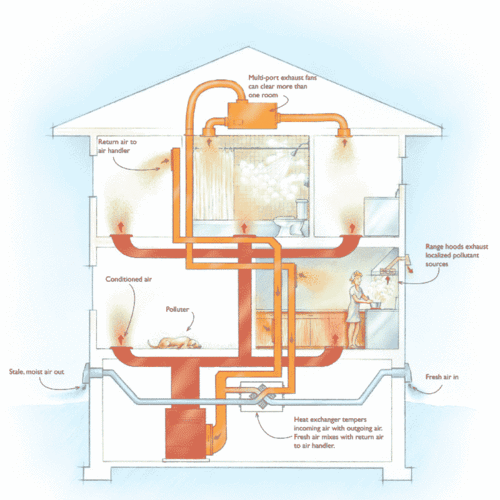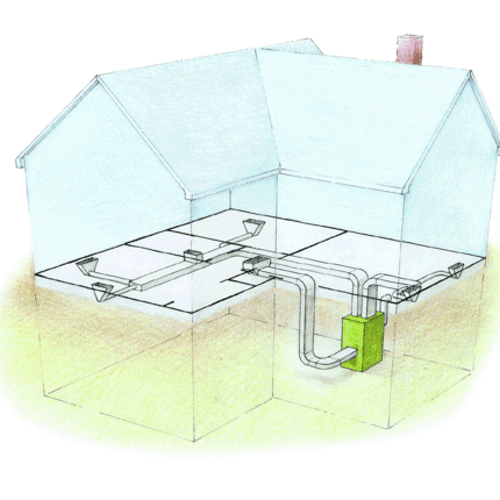
This article is only available to GBA Prime Members
Sign up for a free trial and get instant access to this article as well as GBA’s complete library of premium articles and construction details.
Start Free TrialAlready a member? Log in
The complete source for building, designing, and remodeling green homes

Sign up for a free trial and get instant access to this article as well as GBA’s complete library of premium articles and construction details.
Start Free TrialAlready a member? Log in
Get building science and energy efficiency advice, plus special offers, in your inbox.




Do you really want to delete the list, ?
This won't delete the articles you've saved, just the list.
This feature has been temporarily disabled during the beta site preview.
6 Comments
Pump selection
Could someone point me to any literature dealing with selection of pumps? I am specifically trying to find out thoughts on saving money doing one pump instead of two. One larger one that might do double duty circulating water through an open loop solar thermal system(40 feet up to the roof) during the day and then dumping the heat into my pre-plumbed radiant slab (basement(400sf) main floor(1000sf) and master bath(150sf). Water pressure would be enough for preheating for domestic use. Thanks for any help! Great site! Cant wait to keep reading!-dk
Sizing hydronic circulators
David,
Here are three resources for sizing hydronic circulators:
1. A good book is:
Modern Hydronic Heating for Residential and Light Commercial Buildings, by John Siegenthaler. Cengage Learning, 2003. ISBN #0766816370.
http://books.google.com/books?id=WdPg_1aTtr8C
2. Here's an online guide: "Sizing Circulators for Hot Water Heating Systems."
http://www.heatinghelp.com/newsletter.cfm?Id=125
3. "Hydronic Heating and Hot Water Recirc Systems," a handbook published by Grudfos, a manufacturer of circulators, is available online.
http://www.google.com/url?sa=t&source=web&ct=res&cd=1&url=http%3A%2F%2Fwww.grundfos.com%2Fweb%2FHOMEca.NSF%2Fab34d734e50cd531c1256569004a2b74%2F21ed2dd0cfc75a1c852574050053c0c0%2F%24FILE%2FL-UP-SL-033.pdf&ei=WgMTSqnsHsuDtge05v2gBA&usg=AFQjCNGjRCpliNSbEe0E-vdBavN1AuVjSQ&sig2=Z_WOnko6tRW0LT64SOeNmA
Pump charts
I've found the pump charts in the Grainger catalogue to be useful in sizing Taco pumps for these sorts of applications. With 40 feet to the roof you are looking at a Taco 009 or larger. But the floor loops would probably be served by an 006 which would likely be less expensive than the three-way valve you would need to divert the flow from the solar harvesting circuit to the radiant heating circuit, so the savings of using a single pump would likely not materialize.
Recently I've been getting some very energy-efficient French pumps from Solar H2ot in Cary, NC, and they have an engineer there, Dan Gretch, 919-656-9810, who is very helpful on phone support and pump sizing and pipe design.
How to get ALL the facts about radiant heat and other uesfull
The publication used by the design Engineering HVAC professional WORLD can now be yours FREE.
SO why not get the facts as published around the world rather than listen to billybob?
Electric or gas hydronic in floor heating
I am building a new home on the water about 2800 SQft with 12 ft vaulted cieling over the living and kitchen area. My lower floor area is foam block foundation. I am trying to figure out if gas is better or electric hydronic in floor for heating. I am considering the gas unit that will do both the floor heating and hot water. an un bias opion would be helpful
P&M Link
Gary H's post included an incorrect link. I think it should have been to Plumbing and Mechanical magazine: http://www.pmmag.com
Log in or become a member to post a comment.
Sign up Log in